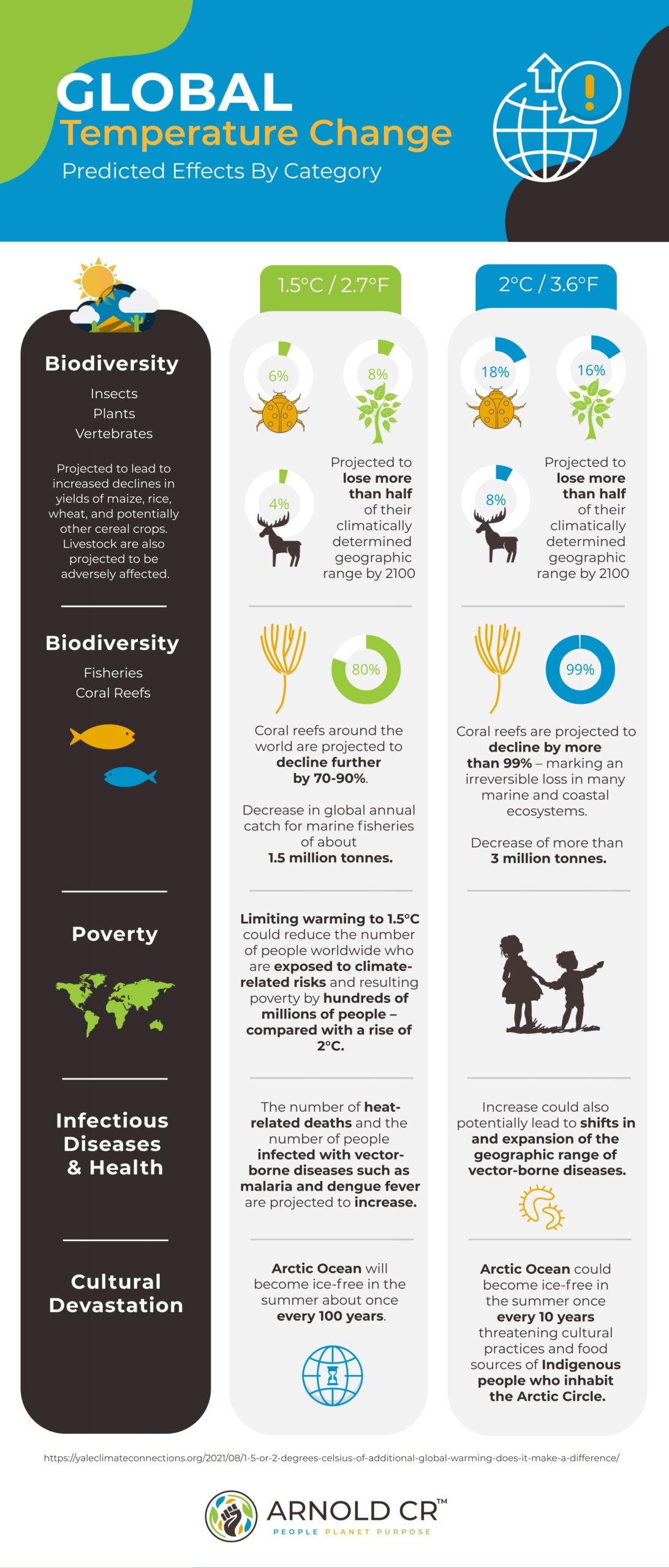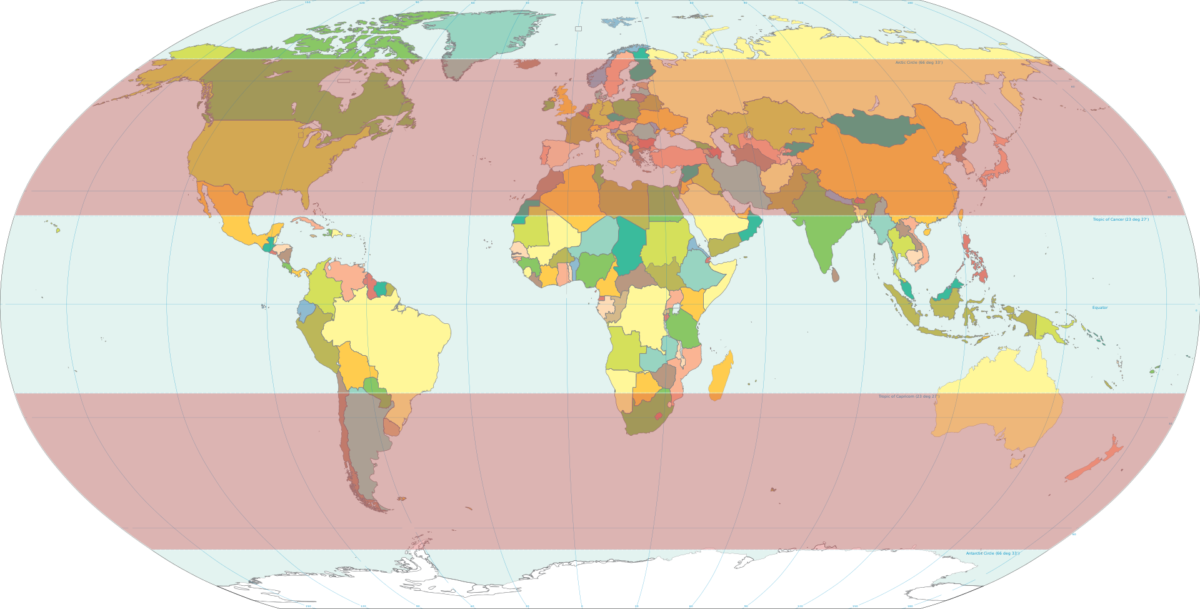
Climate Change: Where We Are, What’s to Come
Climate change is here, and it's accelerating faster than scientists hoped. The Intergovernmental Panel on Climate Change (the IPCC) released a sobering report in August 2021 explaining that despite our best efforts, climate change will be “widespread, rapid, and intensifying”. In order to maintain a livable climate we needed to keep the global temperature from rising more than 1.5 degrees Celsius (or 2.7 degrees Fahrenheit; essentially achieving net 0 greenhouse gas emissions). But our trajectory is alarming.
The World Meteorological Association predicts there is a “44% chance the average annual temperature on Earth will temporarily hit 1.5 degrees Celsius of warming at some point in the next five years”. This is double its 2020 prediction - it's becoming more and more evident that worldwide COVID-19 lockdowns and travel restrictions did not significantly slow climate change as many hoped it might. As climate change accelerates, it gets more and more likely that individual years will exceed 1.5 degrees Celsius of warming.
So what?
Climate change doesn’t just mean it's hotter outside — don’t get me wrong, that's REALLY bad!. But the excessive heat initiates a cascade of dire changes across the planet affecting biodiversity, food and water supplies and availability, infectious disease, health, poverty, and threats to indigenous and traditional ways of life and community. Check out the table below to get an idea of how these seemingly small temperature changes will have major impacts.

Furthermore, we can expect more extreme heat days and more temperature extremes In the Earth’s Middle latitudes (which include the world’s most populous nations— China, India, and the US). With a 1.5 °C increase, extremely hot days in the mid-latitudes will be 3 °C hotter (5.4 °F) than pre-industrial levels. And with a 2 °C increase, extremely hot days in the mid-latitudes will be about 4 °C hotter (7.2 °F) than pre-industrial levels. Over the next 80 years, coastal areas across the world are predicted to experience flooding and displacement of people and industries with sea levels predicted to rise 0.26 to 0.77 meters (0.85-2.52 feet; 1.5 °C increase) and 0.36 to 0.87 meters (1.18-2.85 feet; 2 °C increase).
All that excess heat translates into more deadly and costly hurricanes or cyclones.
Authors of the 2014 study, Recent Intense Hurricane Response to Global Climate Change reported there was no increase in the number of hurricanes, but they found “a substantial regional and global increase in the proportion of the strongest hurricanes – category 4 and 5 storms.” There weren’t more storms, but the ones that did form were stronger. The scientists wrote, “We conclude that since 1975 there has been a substantial and observable regional and global increase in the proportion of Cat 4-5 hurricanes of 25-30 percent per °C of human-caused (or anthropogenic) global warming.”
Major hurricanes are by far the world’s costliest natural weather disasters, in some cases causing well over $100 billion in damage, not to mention the potential loss of life and disruption.
In our next blog, we’ll dig into Hurricanes & Climate Change.

Sources: